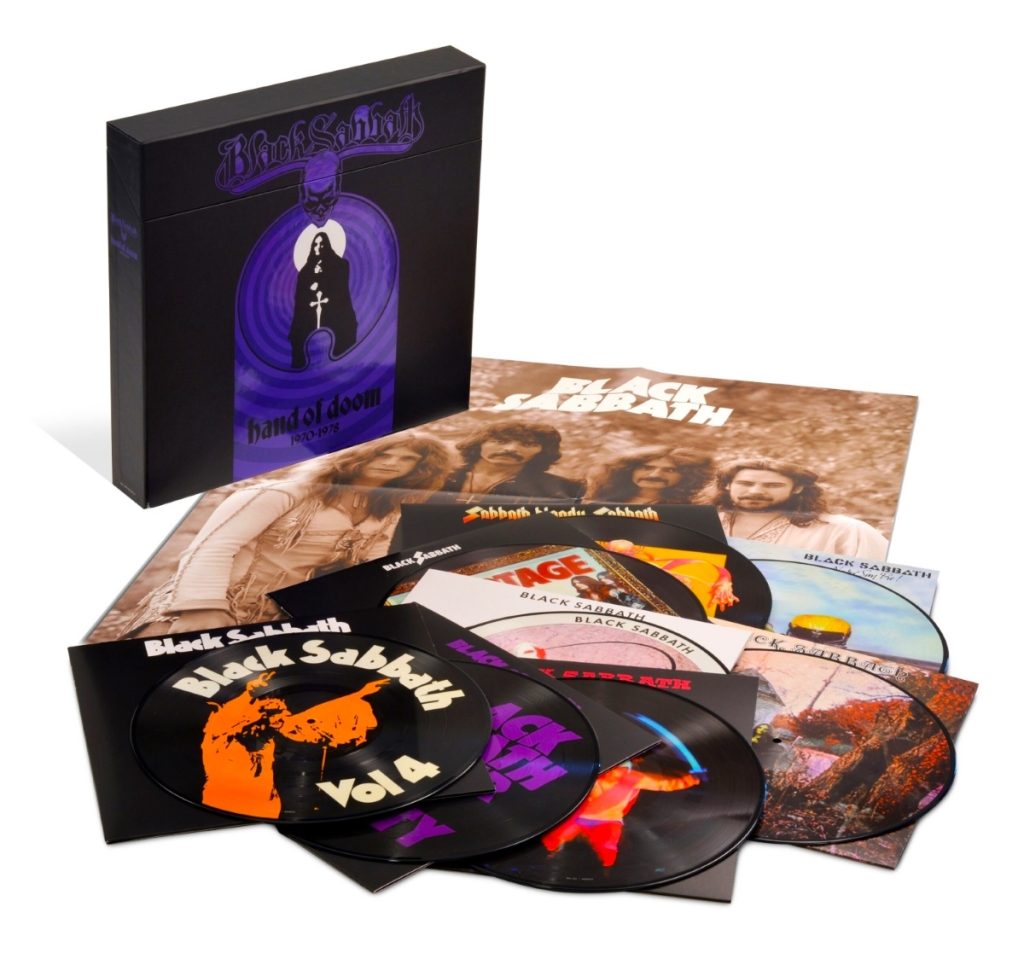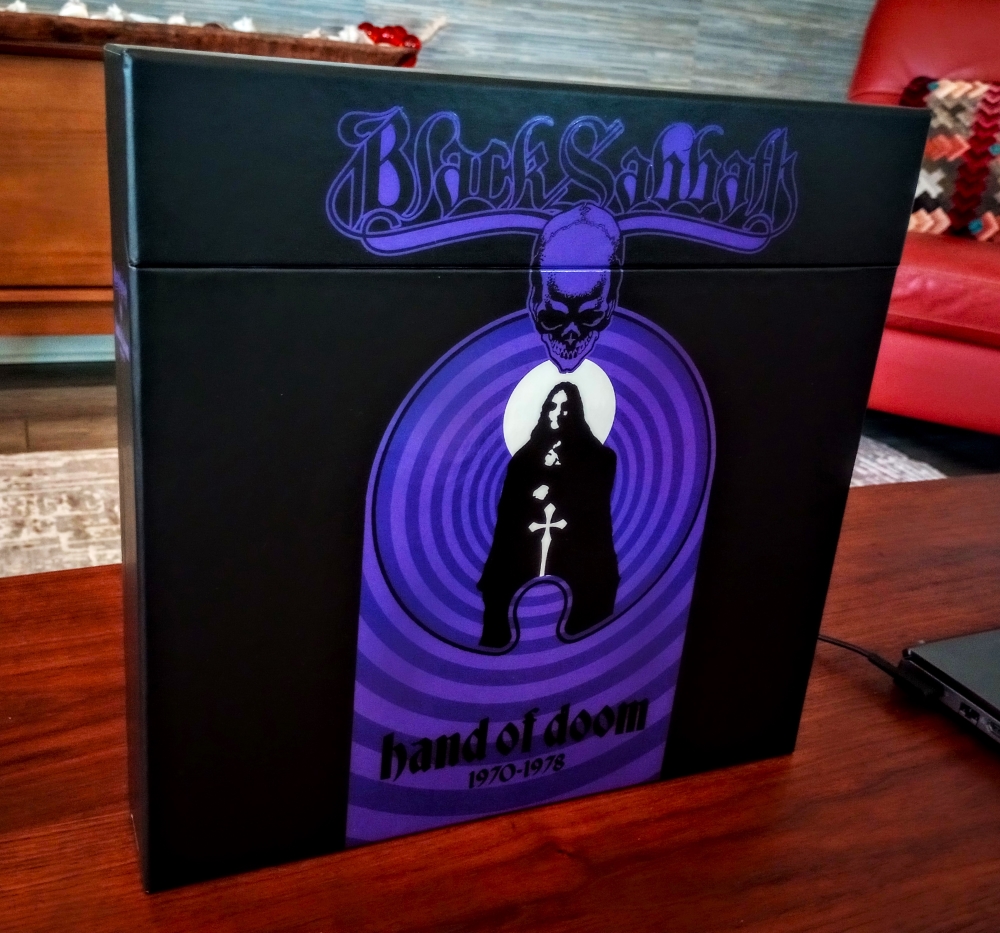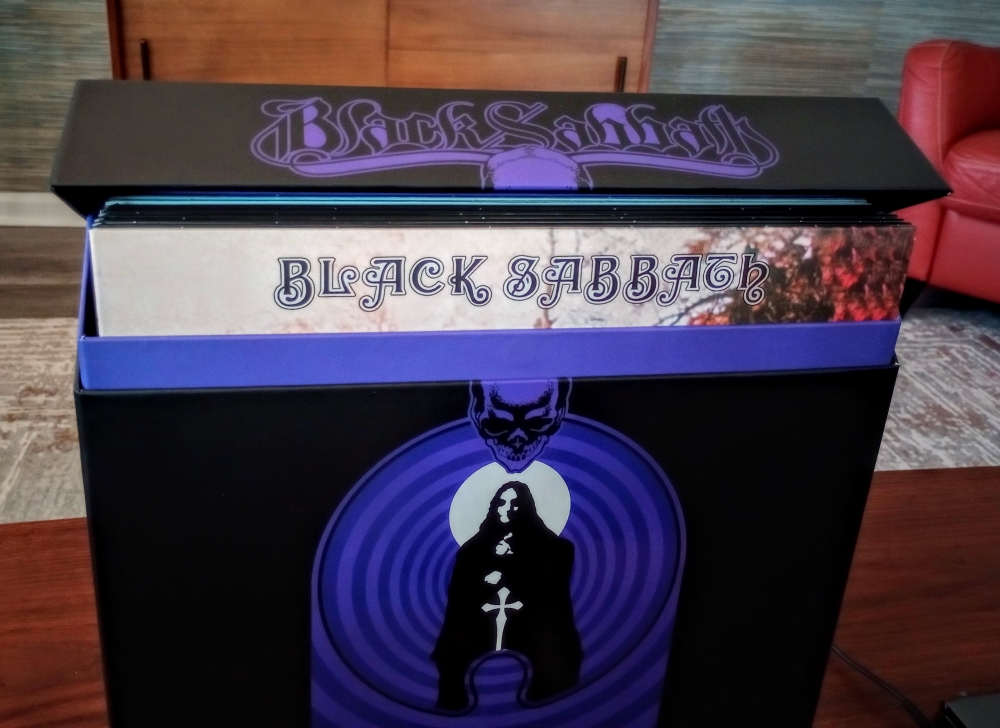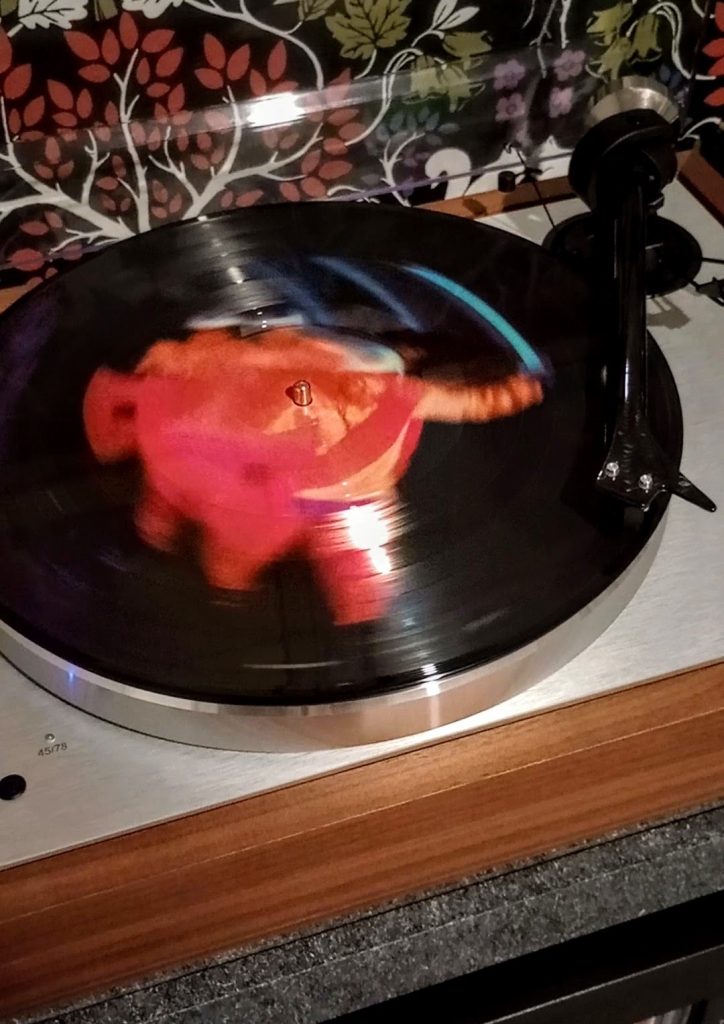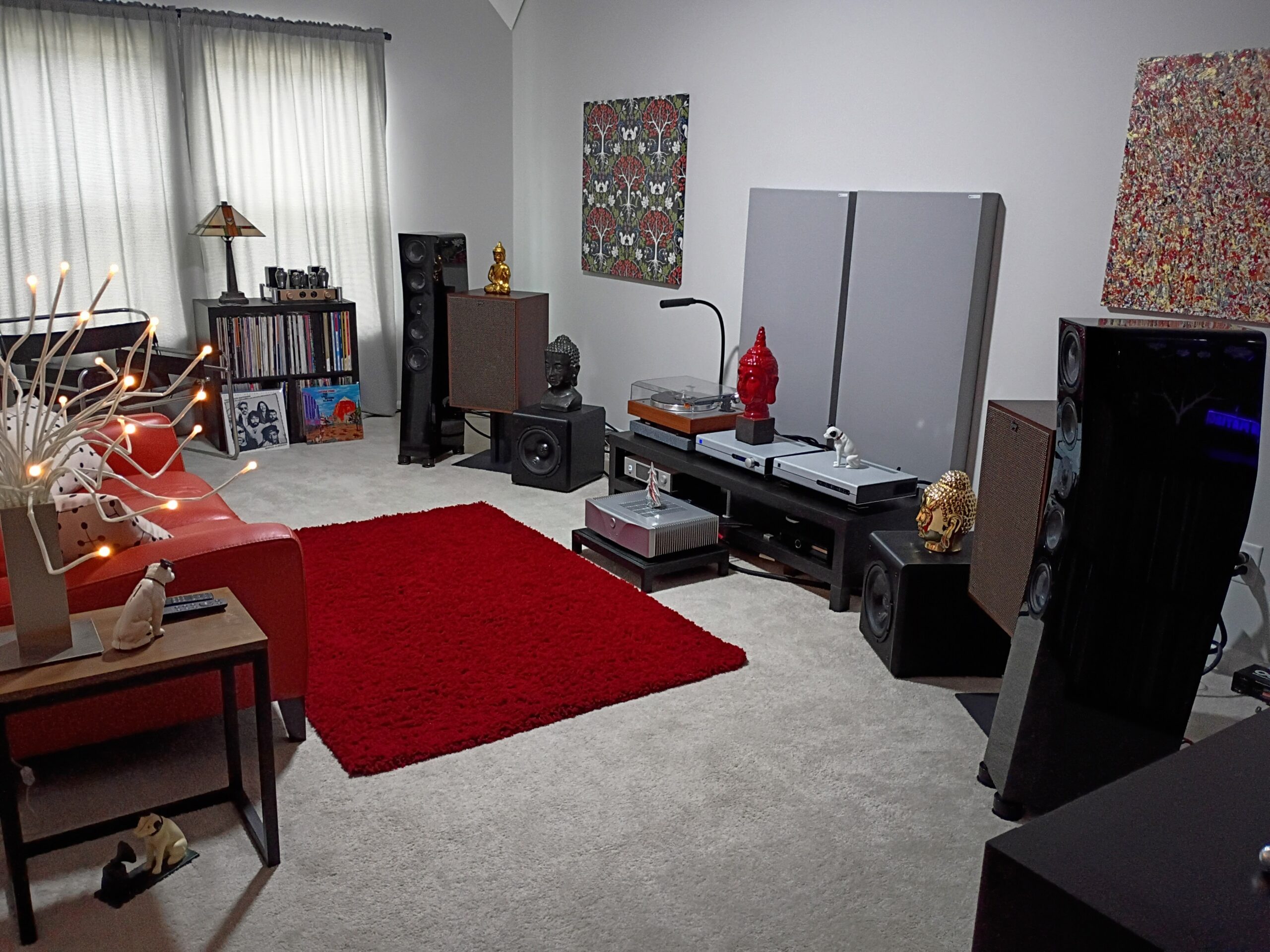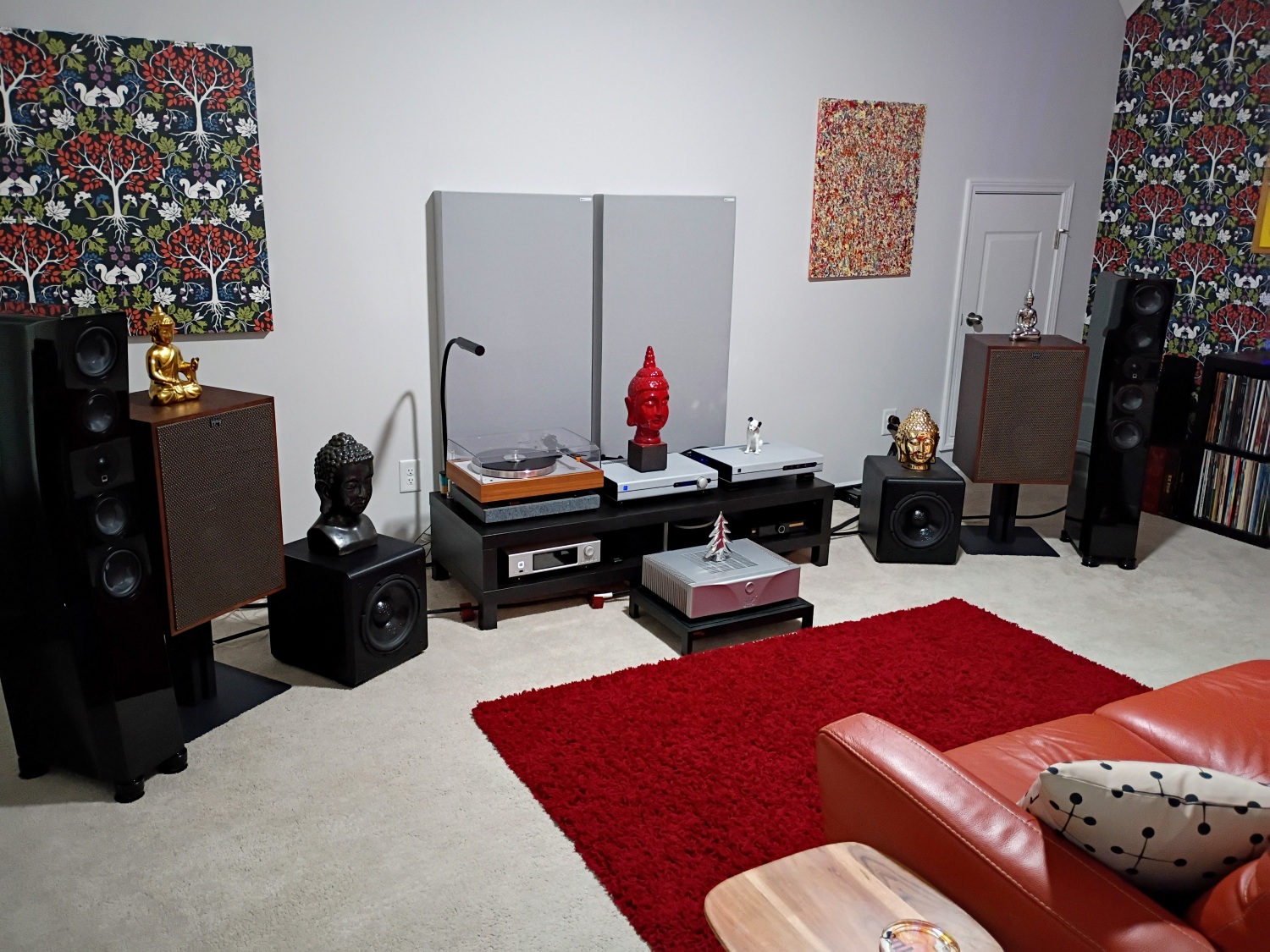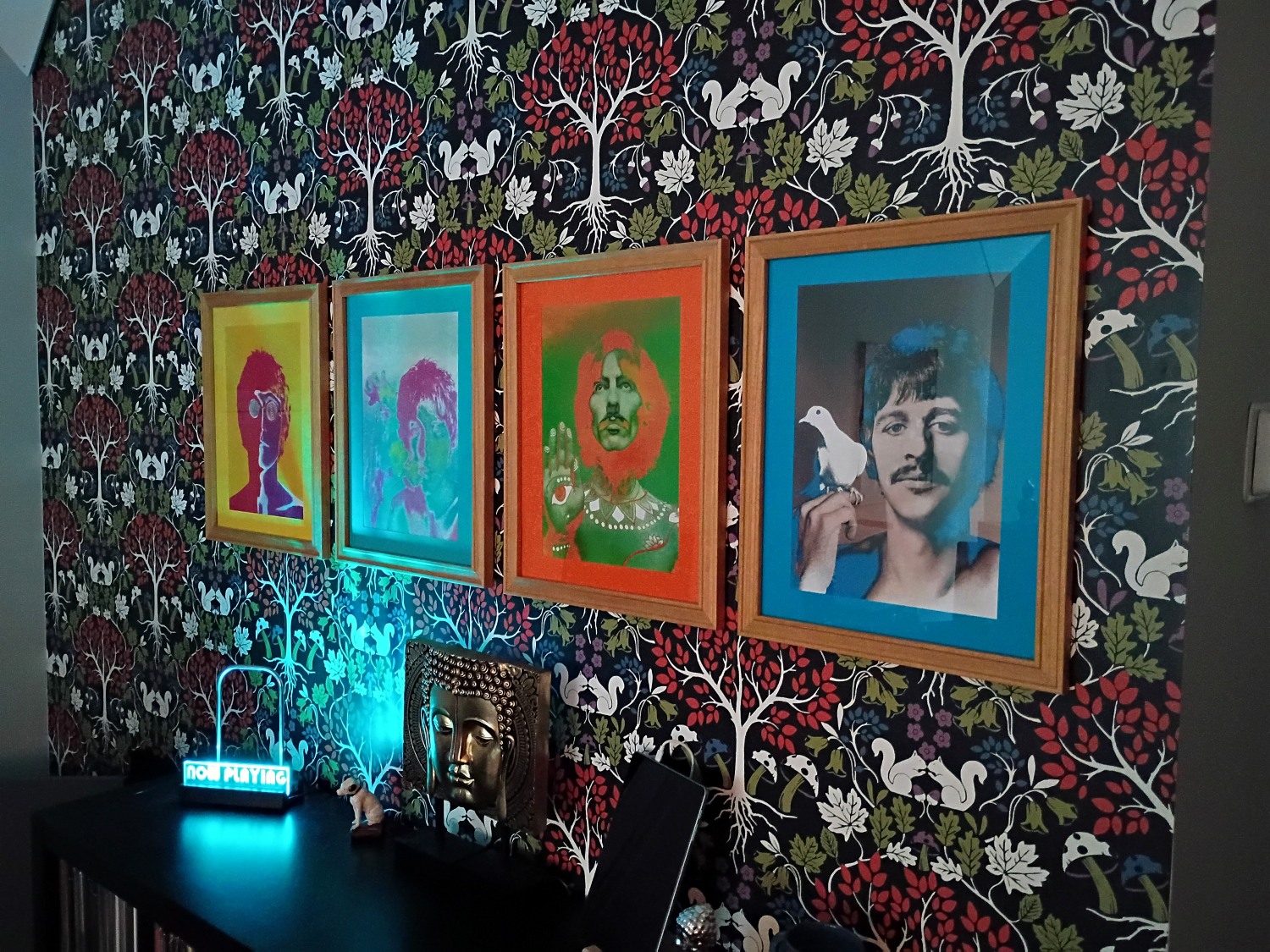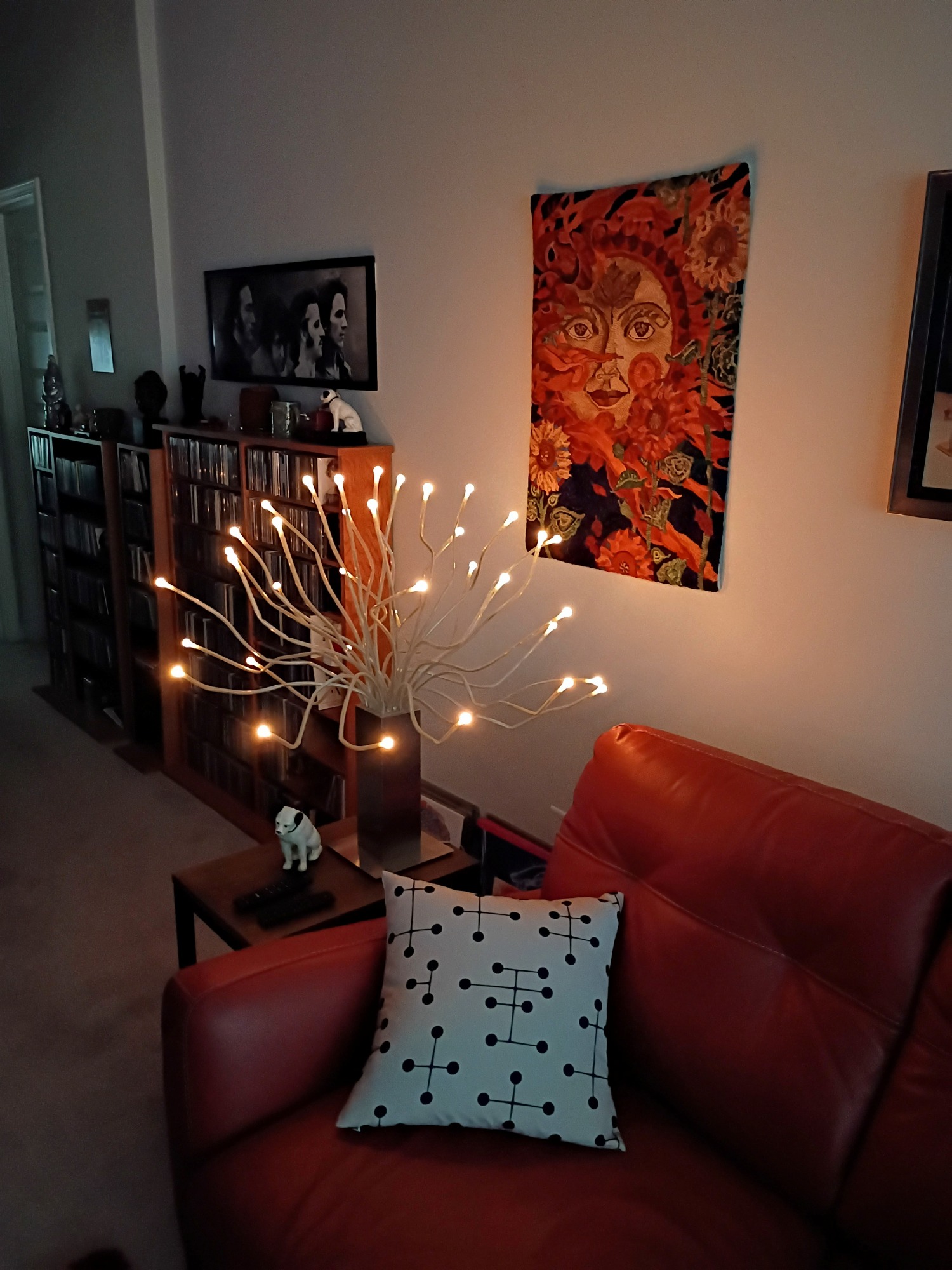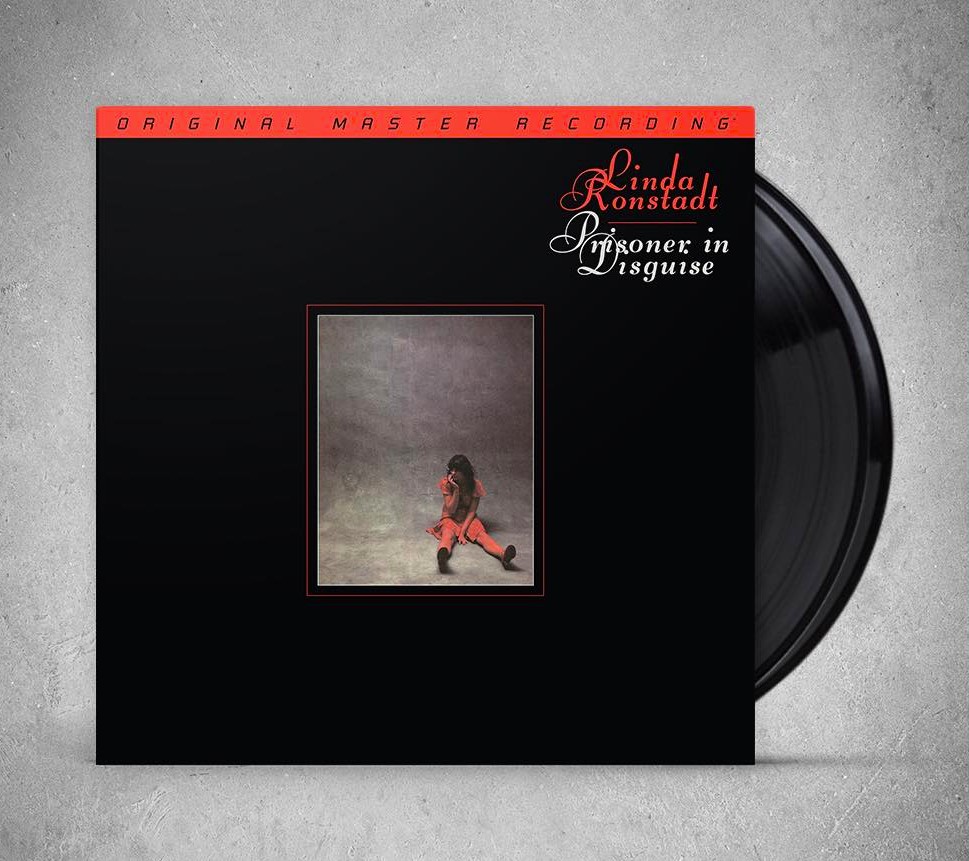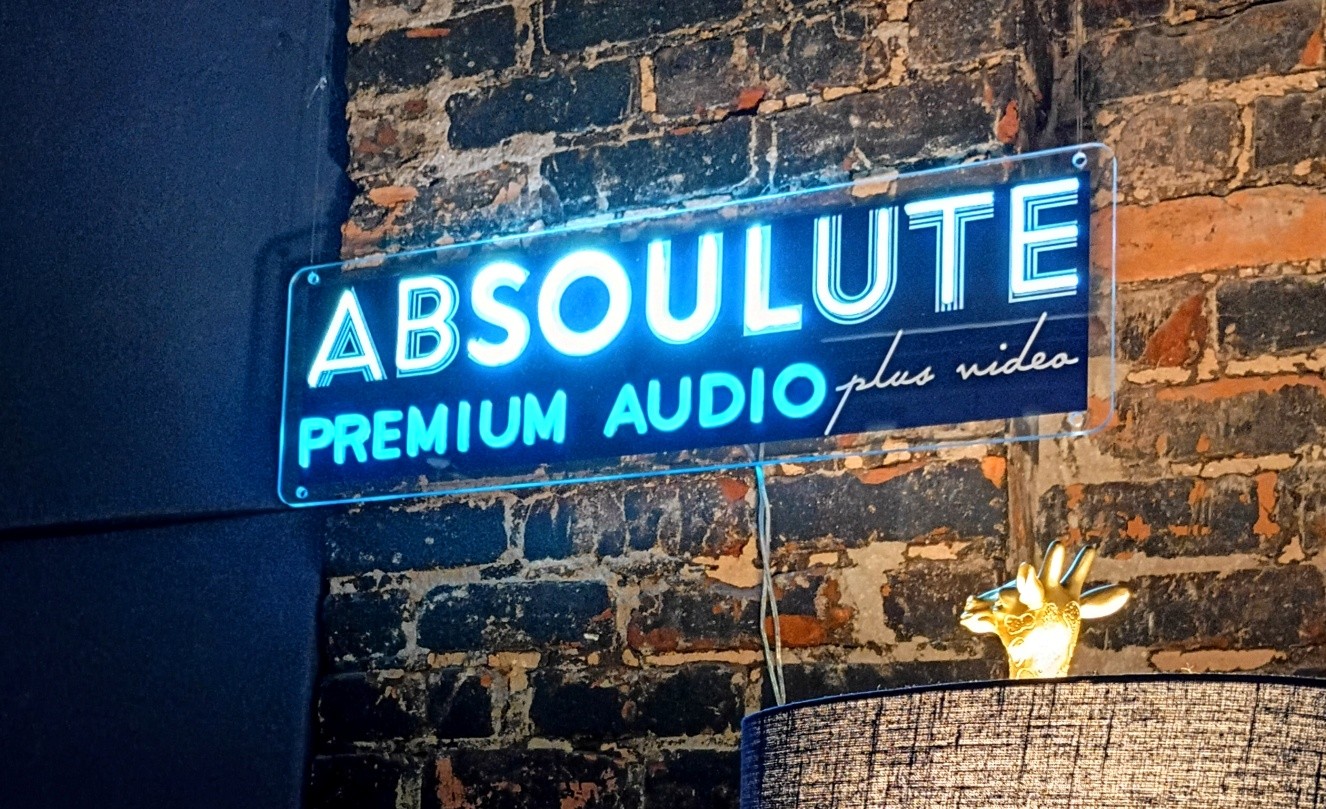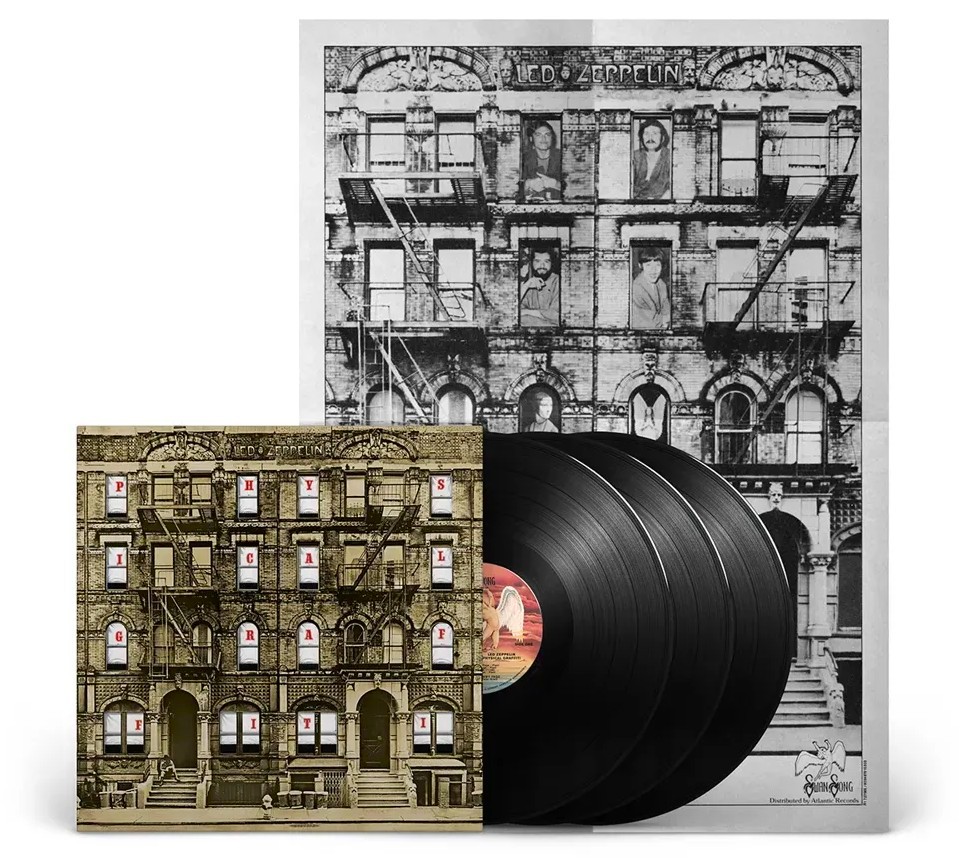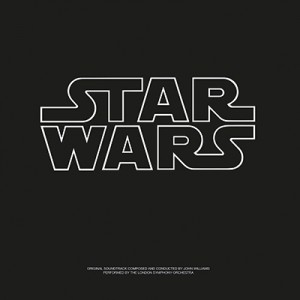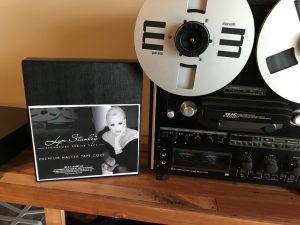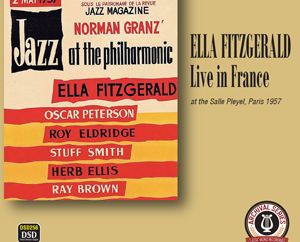Rhino Entertainment is releasing Black Sabbath Hand of Doom 1970 - 1978, which is an eight LP, picture disc boxed set that includes all eight Black Sabbath studio albums that feature the band's original and classic lineup. Black Sabbath's original incarnation included Ozzy Osbourne on vocals, Tony Iommi on guitars, Geezer Butler on bass, and Bill Ward on drums. The box includes the albums Black Sabbath (1970), Paranoid (1970), Master Of Reality (1971), Vol. 4 (1972), Sabbath Bloody Sabbath (1974), Sabotage (1975), Technical Ecstasy (1976), and ultimately, Never Say Die (1978). The set comes encased in a really cool-looking and nicely constructed tip-on style satin-black box that features a predominantly black and purple theme. The artwork and lettering is embossed with a high gloss varnish coating, and combines thematic elements from the albums Black Sabbath and Sabbath Bloody Sabbath. The silver-foil numbered box set is strictly limited to 4000 copies and is limited for sale in the North American markets of Canada and the United States. You can preorder a copy of the box HERE.
A Little Background…
I first heard Black Sabbath in 1970 following the release of their second album, Paranoid. I was 12 years old, and my next door neighbor, Stanley Wilson, had a close-n-play record player; we'd sit on his front porch and spin LPs after school. Stanley was a bit of a ne'er-do-well, and his parents constantly indulged him in an attempt to keep him reined in, so he had a copy of Paranoid on the day of its release. We were jamming to "Iron Man"—cranking it as loudly as it could possibly be cranked on a close-n-play record player—when an old geezer from across the street came over and admonished us to "Turn that damnable devil music down!" Of course, we ignored him, so he went next door, got my mom out on the porch, and gave her an earful. I thought to myself, "this can't possibly be good," and told Stanley to nudge the volume down a bit so we could better hear what was transpiring. To my great surprise, my mom basically told him to go home, those kids aren't hurting anyone, they're just playing some records! I was thinking "Right On Mom!" when she sent the old guy on his way, but then she walked over and very sternly told us to "Turn that damn rock and roll down!"
Fast forward to 1978; Black Sabbath had just announced their tenth anniversary tour that was in support of the just released Never Say Die!, which was the final studio album to feature the band's original lineup. Prior to the album's release, Rolling Stone and other music mags had been sending out vibes that not all was well with Sabbath; rumors that Ozzy might break out on his own were particularly rampant. Friends and I quickly decided that when ticket sales were announced for a Black Sabbath/Blue Oyster Cult date at Atlanta's Omni, this could easily be our last chance to see them, and besides, I'd really been jonesing to see BOC! We camped out and grabbed tickets for the show, which very quickly sold out—but then things got complicated. For reasons unclear, the original tour plans were scrapped with Blue Oyster Cult, but it was quickly rescheduled with The Ramones and Van Halen (on their first tour!) in support of Sabbath. I'd just really gotten into the Ramones—Rocket To Russia was in heavy rotation in my car—and the whole world had been turned on its ear by Van Halen's eponymous first album. To say that I was totally pumped was a complete understatement!
Never Say Die! was getting lots of airplay on local rock radio, and even though the album took a drubbing in the music press—hey, it was Black Sabbath, and Ozzy was still with the band! Day of the concert, I drove down to nearby Athens, Georgia, to my friends' apartment, and we spent the day indulging in various substances and listening to classic Sabbath records in preparation for the show. The entire time, my friend Steve kept saying, "Sabbath could be a really great band, but they really need a drummer! This guy Bill Ward just taps the snare and a few cymbals—they need somebody like Carl Palmer!" I thought that was completely nuts; I had a certain appreciation for Bill Ward's bluesy and jazzily-influenced style of playing, but kept my mouth shut. We arrived at the show; the Ramones opened and were amazing, playing ten songs in a manic fifteen-minute set, with only a "one-two-thee-FOUR!" screamed between songs. And of course, Van Halen blew us away—Eddie's "Eruption" solo totally fried our brains!
Prior to the start of Sabbath's set, we noticed that Bill Ward's drum kit was set up on a circular riser that had some kind of lights that rimmed the riser's perimeter—we queried each other about what that could possibly be about. But Black Sabbath was soon the main course, and they did not disappoint, cranking out all their classic hits in a two-hour set that left us nearly drained. At the point they played "Rat Salad" from Paranoid—which is the closest thing to a drum solo that appears on any of their studio albums—as the tune reached the drum break, the house lights went completely down and the rest of the band left the stage. Bill Ward then tapped a drum head, a strobe light on the circular riser flashed, and the riser slightly rotated. He'd then tap another head, then another, then another; this speeded more rapidly to a point where the drum riser was spinning out of control. With strobe lights flashing seemingly uncontrollably as Bill Ward furiously pounded out the most frenetic drum solo I ever witnessed at any concert, bar none! The level of intensity was off-the-charts; when the band joined back in and the song concluded, I turned to Steve and yelled "You're totally right man, they really need a drummer!", and we all just fell about the place!
I did finally get to see Black Sabbath with Blue Oyster Cult; they toured together a few years afterwards, but by then, it was with Ronnie James Dio at the microphone. Still Sabbath, but a much darker shade of black—and BOC totally rocked the house! I'd almost rate that concert as highly as the Ramones/VH show that I hold in such high esteem!
Black Sabbath Hand of Doom 1970 - 1978. (8) Rhino picture discs, $249.98 MSRP
At the point when Shore Fire Media contacted me to gauge my interest in Rhino's upcoming slate of releases, I saw this box set and immediately fired off a "Yes, I'm all in!" response; only a couple of days later did I realize that Black Sabbath Hand of Doom 1970 - 1978 was a picture disc box set. I sent Annie Mickum at Shore Fire another email to let her know that despite the fact the box set consisted entirely of picture discs, that didn't lower my excitement level at all in terms of offering a review—if they were still game. I have to admit, I was quite surprised—but extremely jazzed—when it showed up at my door yesterday!
Buying a picture disc—and especially an eight-disc box set of picture discs—is an act of unabashed band adoration and ultimate fandom. You don't buy it expecting it to be the latest, "AAA, all-analog, cut from the original tapes, remastered by Bernie Grundman, and pressed by Pallas or RTI on Neotech VR900 Supervinyl" type of affair. You don't plan on regularly playing it to impress your friends on a VPI turntable. I learned that eons ago with my first picture disc purchase, which was Talking Heads' Speaking In Tongues. The picture disc version by all appearances to me in 1983 was perhaps the be-all, end-all of vinyl LP records. After only a couple of plays, the album became so noisy that listening to it was unbearable, and the record store clerk I complained to made short work of explaining to me that you purchased a picture disc as a collectors' item, not for normal playback. It took a while for me to wrap my head around that concept—you're buying a picture disc for one and only one reason: you're a complete and total fanboy.
All that said, and essentially just for giggles, I still took all the picture discs for a spin on my tube-based analog system. To see if the picture disc state of the art had improved any in terms of sound quality—and to my great surprise, spinning both sides of Black Sabbath and Paranoid yielded impressively noise free and musical results. "Black Sabbath," "Sleeping Village," "War Pigs," and "Iron Man" were all presented with surprising fidelity. However, by the time I got to Master Of Reality, and lowered the tonearm onto Side two's big highlight sequence, "Orchid" leading into "Lord Of This World," I was met with a serious jump-scratch that was nearly invisible to the naked eye on the LP, but the level of noise was significantly higher than anything I'd experienced over the first five album sides. That summed up my experiences with all eight albums in terms of playback fidelity: Black Sabbath Hand of Doom 1970 - 1978 is a very mixed bag sonically, and that reality was an almost foregone conclusion for me. The listening results either met or exceeded my lowish threshold of expectations, but it is what it is: we're dealing with picture discs here, where an extreme level of musical fidelity is not the primary objective.
Conflicted Collecting!
If Black Sabbath didn't invent metal music, they definitely created the template, and their first six albums are undoubtedly classics of the genre. My love of Black Sabbath got passed on to my two stepsons, who are also huge fans. At a poolside get-together a while back, the oldest, Joe, had just gotten an iPhone, and was playing some random music tracks. When he landed on 1981's "Mob Rules," featuring then Sabbath lead singer Ronnie James Dio, the youngest, Josh, shouted "Turn that crap off!" Joe responded with "But it's Black Sabbath!" Josh immediately responded with "No man! No Ozzy, not Sabbath!" Obviously, which Black Sabbath lineup you consider to be the legitimate version of the band is of primary importance, and those that fall into the Ozzy camp would most definitely want to collect this beautiful box. I'm actually good with both the Ozzy-and-or-RJD-led versions of Sabbath; they each have their own unique merits.
I must admit, I've found that getting the Black Sabbath Hand of Doom 1970 - 1978 box has left me somewhat conflicted. I generally care most about performance and sound quality when it comes to LPs, but I'm also a collector of sorts, though not a completist by any means. Having a relatively expensive 8-LP box set that's essentially only for looking at or showing to friends strikes me as completely counterintuitive to my basic approach as a music lover and audiophile. And I'm not the sort to keep sealed copies of albums around—my wife actually admonished me not to unseal this box when it arrived, as that would severely limit its collectability. And she literally scoffed when I had to remind her of my duty to evaluate the box and its contents.
Pushing aside any notion of occupying any sort of moral high ground as an audiophile, I also must admit that watching these picture discs spin while they play completely mesmerizes me. I don't want to simply sit and listen in the "sweet spot" while evaluating them on their sonic merits—I just want to stand beside the turntable and take in the nearly psychedelic beauty of their incessant spinning. Simply keeping the LPs tucked away in their case doesn't seem nearly enough, and for that matter, some kind of static display seems even less satisfying. I've seen complaints online about the cost of this box, especially in relation to the limited aural enjoyment to be gotten from the LPs it contains. In terms of cost, each LP clocks in at around $31.25, which is pretty cheap as far as collectible picture discs go. So the cost of this box isn't particularly outrageous, despite its outward appearance of extravagance.
The first incarnation of Black Sabbath is etched in my psyche in such a way that despite my relatively broad and ever-changing musical tastes, I'll never change the station or walk away if I hear anything from those first eight albums playing. I have a deep connection with this music. And for the Sabbath completist or collector, I give Black Sabbath Hand of Doom 1970 - 1978 my highest recommendation.
Rhino Entertainment
All images provided by Rhino Entertainment and the author.




